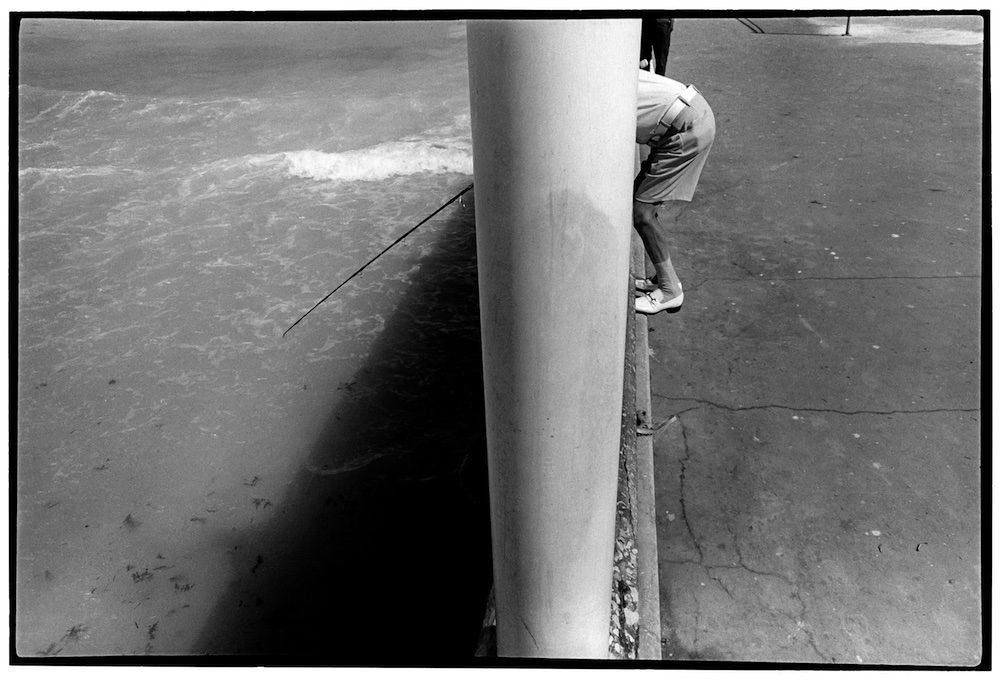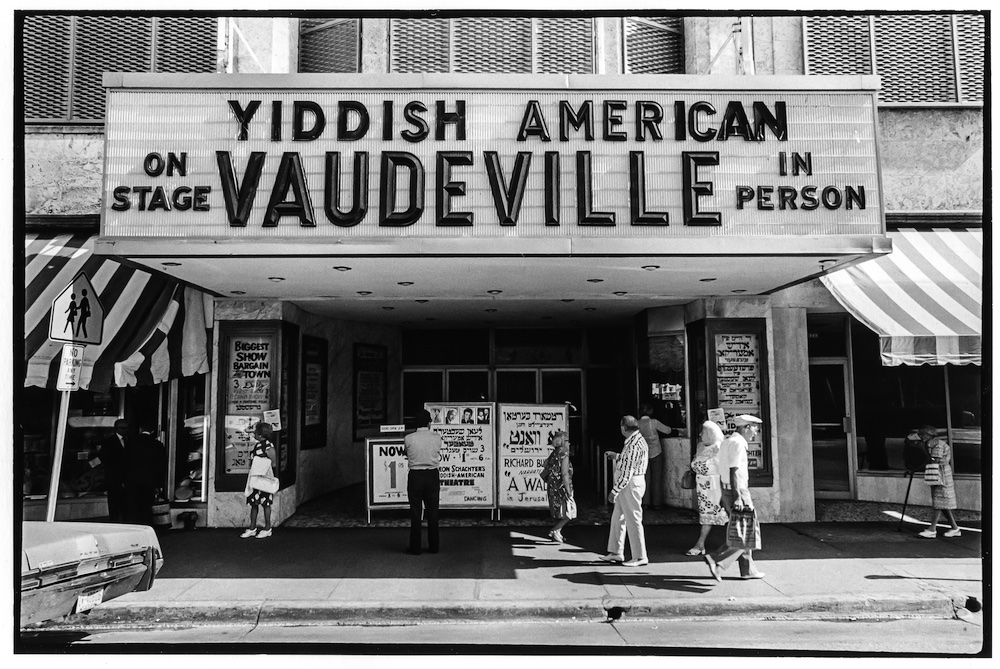David Godlis’ new book captures a community of Jewish retirees on the balmy coastline of Miami Beach in the 70s
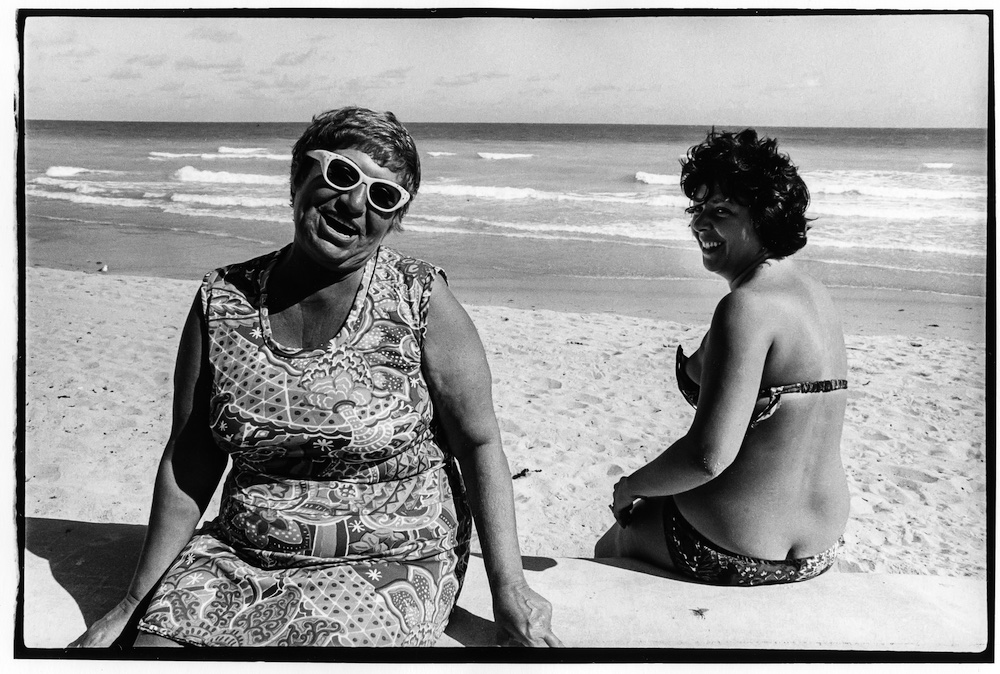
Miami’s South Beach has continued to be an enduring subject throughout the history of modern photography. Its sandy coast and the people that inhabit its shores, beds and promenades have captured the attention of many image-makers over the years, especially that of its declining elderly Jewish community. A prominent example is Andy Sweet, an American photographer known for his documentary work and momentous Shtetl in the Sun: Andy Sweet’s South Beach 1977-1980. And now, David Godlis – a street photographer based in New York – has released his very own book on the subject, titled Godlis Miami and published by Reel Art Press. He, like Sweet, has captured a community of Jewish elders from the 70s, those of whom are bathing and basking in the heat of the famed coastline as they enjoy the late years of retirement.
Aged 22 at the time, David set out from Massachusetts to Miami Beach with the intention of visiting his grandma who lived near Ocean Drive. During the 10 days spent there, he had a profound realisation; in January 1974, he learnt how to take good pictures. “Not other people’s – mind,” he writes in the book’s introduction. 60 rolls of film later and he unearthed not only a collection of fascinating, humorous and touching photographs, but also a new way of documenting life around him. Two years later, for instance, he’d go on to capture punks for his series at the venue CBGB, documenting a piece of history as he’d capture, without a flash, the crowds swarming to see the likes of The Ramones, Blondie, Patti Smith and Talking Heads in the bustling New York music scene. The capital has long been a consistent subject of David, but here, we’re seeing a new turn for the photographer; a documentation of the magical – almost fictional – scenes of Miami Beach.
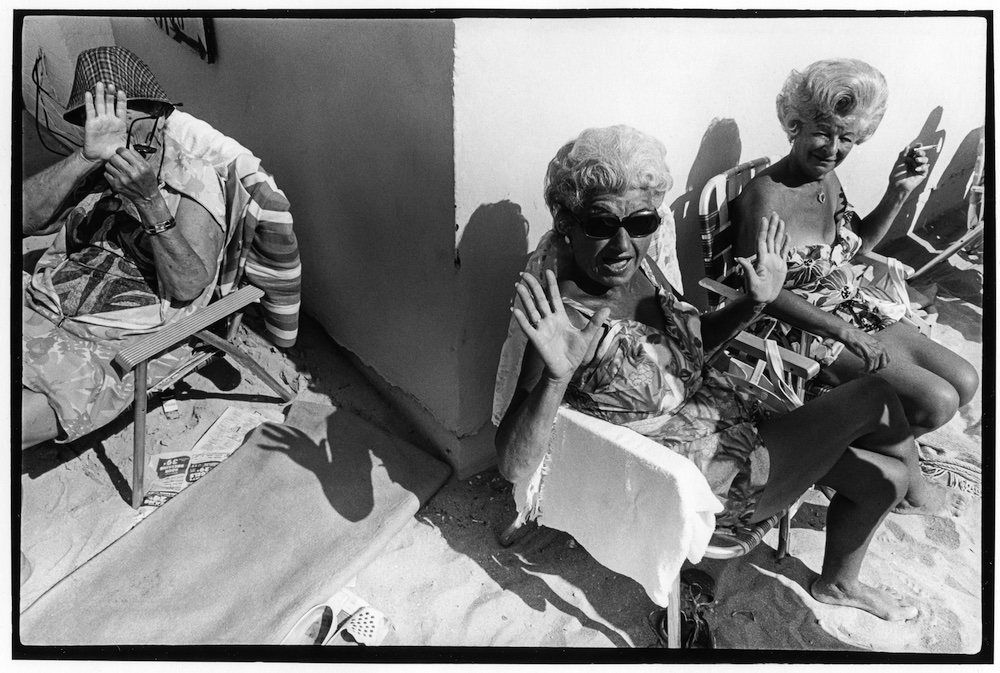
A decade prior and David made his first visit the to beach. He’d take the train with his mum, and later planes and jets; he’d go fishing with his grandfather while his grandmother entertained herself in the background. It was more than exciting for David at the time, who goes on to describe his past memory of Miami Beach as being likened to a “Jewish Disneyland”. He writes on the matter: “When I returned to Miami Beach in 1974 with a camera, all these memories of Florida came flowing back to me. As I tripped the shutter over and over, taking pictures on those beaches I had walked upon as a little kid, everything clicked. Pun intended.”
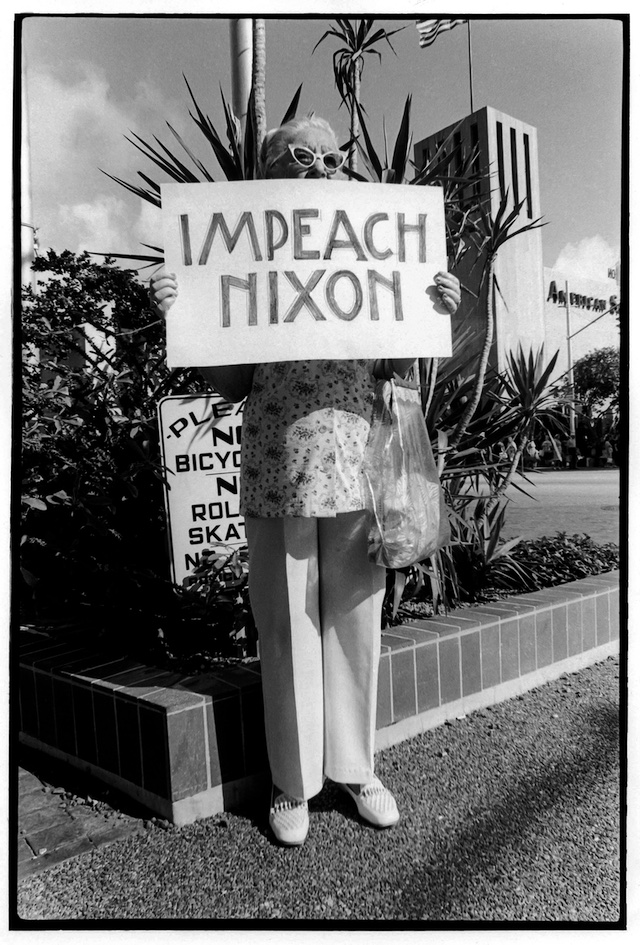
The book begins with a gold-tinted vision of what appears to be David as a young boy, proudly holding a fish in his hand. A page flicks by and the work turns monochrome, revealing four years’ worth of imagery and the candid, almost intrepid, moments of his characters. Throughout, you’ll find men cooling down in the shallows; ladies resting on benches; palm trees adorning the pavements; dog walkers; Bingo players; tanners; strollers; sleepers; and theatre-goers. Everyone here in David’s matte and contrasted world are revelling in a restful point in their lives, where leisure matters more than most other things. It was a thronging community at its peak, and little did David know that, the next time he’d visit, it would all disappear.
“In 1985, 10 years after I shot these photographs, I returned to Miami Beach with my wife, Eileen,” writes David’s introduction of this pivotal moment. “I took her down to Ocean Drive to show her where they were taken and was astonished to find that most everyone was gone. I don’t think even in my early 30s I understood how fast time flies. Of course, many of the retired people I shot pictures of were dead 10 years later. But also many of them had been driven out by the Mariel boatlift of 1980. You can see what became of Ocean Drive in the bathroom shootout scene with Al Pacino in Brian DePalma’s Scarface. So Eileen and I stayed a little further up Collins Avenue the year. And I had to be very careful taking photographs on Ocean Drive that my camera wasn’t stolen.”
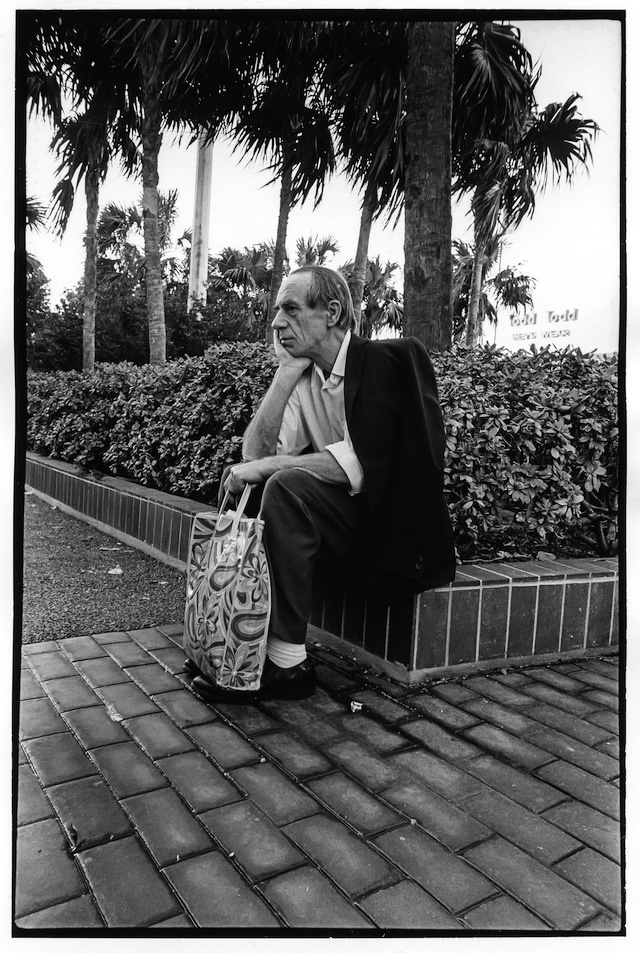
In the 70s, around 80% of the population on Miami Beach was Jewish, peaking in the 80s to around 230,000 inhabitants. Miami at the time also saw the influx of Caribbean and Cuban immigrants, the latter were emigrating to the US from Mariel Harbour which resulted in much of the Jewish community moving north. The community declined and many of the older generations had passed. So when David revisited the beach and expected to see the once-thriving community he laid eyes on years before, he was surprised by the emptiness and speed in which the community had vanished.
Much has changed since then, and David is a witness to this transformation – Godlis Miami is respectively a documentation of these shifts. He’s seen the disappearances of spots such as Wolfie Cohen’s Rascal House, a Jewish delicatessen founded by Wilfred “Wolfie” Cohen who also launched three of South Florida’s most famous eateries. Meanwhile he saw how The Yiddish American Vaudeville and Hoffman’s Cafeteria became nightclubs. “But not all is lost.” he continues to state in the book. “In 2017, when I last returned to Miami Beach, I stayed in the little Century Hotel, looking pretty close to how it looked in 1974 when I first came upon it. I walked around to see where most of these pictures had been taken. To dream the dream I had photographed 40 years earlier. And I could still see it all. Even my cover girl in her cool Oliver Goldsmith sunglasses. The ocean and palm trees have a way of making those dreams come true. If only for a 1/125th of a second.”
Godlis Miami is published by Reel Art Press. RRP £29.95 / $39.99 / €33.12

